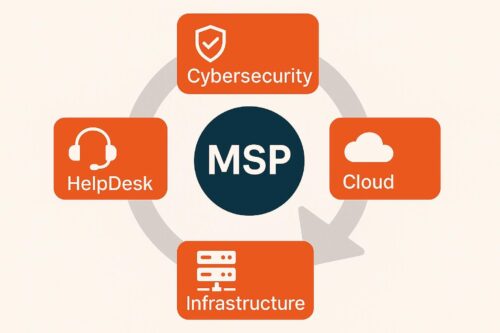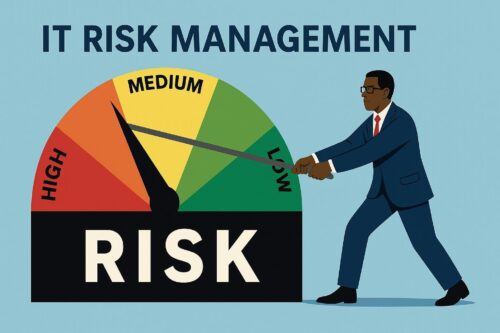Harnessing the Power of Microsoft Sentinel: Minimizing False Positives for a Robust Cybersecurity Strategy
Microsoft Sentinel, a premier cloud-native Security Information and Event Management (SIEM) solution offers businesses cutting-edge cybersecurity features. This advanced system, designed for IT professionals and enterprise-level organizations, employs many tools and strategies for detecting threats in real time. However, despite its numerous advantages, false positives can hamper the effectiveness of Microsoft Sentinel. To address this concern, this article delves into minimizing false positives while utilizing Microsoft Sentinel to its fullest potential.

Understanding False Positives in Microsoft Sentinel
False positives are alarms generated by a security system, such as Microsoft Sentinel, incorrectly identifying benign activities as potential threats. These misidentifications can have serious consequences, including wasted resources, impaired productivity, and diminished trust in the security system. For IT professionals and businesses relying on Microsoft Sentinel to safeguard their digital assets, minimizing false positives becomes essential to an efficient cybersecurity strategy.
1. Accurate Configuration and Implementation of Rules
Microsoft Sentinel employs a variety of rules and analytics to identify potential threats. Ensuring these rules are appropriately configured and implemented is paramount in reducing false positives. IT professionals should take the following measures:
- Carefully examine and customize default rules to fit the organization’s needs and risk tolerance.
- Regularly update rulesets to adapt to the evolving threat landscape.
- Eliminate overlapping or redundant rules, as they can cause confusion and contribute to false positives.
2. Implementing Machine Learning Techniques
Microsoft Sentinel’s machine-learning capabilities can be valuable in reducing false positives. The system can learn from historical data, making it increasingly accurate at distinguishing genuine threats from benign activities. IT professionals should consider:
- Investing time and effort into training the machine learning algorithms, feeding them with relevant data, and adjusting parameters as needed.
- Evaluating the accuracy and precision of machine learning models regularly and making adjustments when necessary.
- Integrating feedback from security analysts to enhance the system’s learning process.
3. Effective Data Enrichment and Contextualization
By enriching data with contextual information, IT professionals can increase threat detection accuracy and reduce false positives in Microsoft Sentinel. Consider these strategies for effective data enrichment:
- Integrate threat intelligence feeds, which provide information on known threats, their indicators, and tactics to bolster the context for decision-making.
- Enrich logs and events with information from the organization’s assets, users, and network to improve the accuracy of the correlation process.
- Utilize Microsoft Sentinel’s built-in features, such as Entity Behavior Analytics and User and Entity Behavior Analytics, to establish a baseline for normal activity and identify deviations more accurately.
4. Continuous Monitoring and Adjustment
Reducing false positives in Microsoft Sentinel is an ongoing process. IT professionals should establish a system for continuous monitoring and adjustment, which includes:
- Regularly reviewing and refining the configurations, rules, and algorithms in place.
- Monitoring the performance of the system to identify trends and areas requiring improvement.
- Actively seeking feedback from security analysts and incorporating it into the optimization process.
Conclusion
By employing a strategic approach to minimizing false positives, IT professionals can harness the full power of Microsoft Sentinel, optimizing its threat detection capabilities and fortifying their organization’s cybersecurity. Through accurate configuration and implementation of rules, leveraging machine learning techniques, effective data enrichment and contextualization, and continuous monitoring and adjustment, businesses can achieve a robust and efficient security system with Microsoft Sentinel. As the threat landscape continues to evolve, investing time and effort into refining this powerful tool is necessary for any organization serious about cybersecurity.




